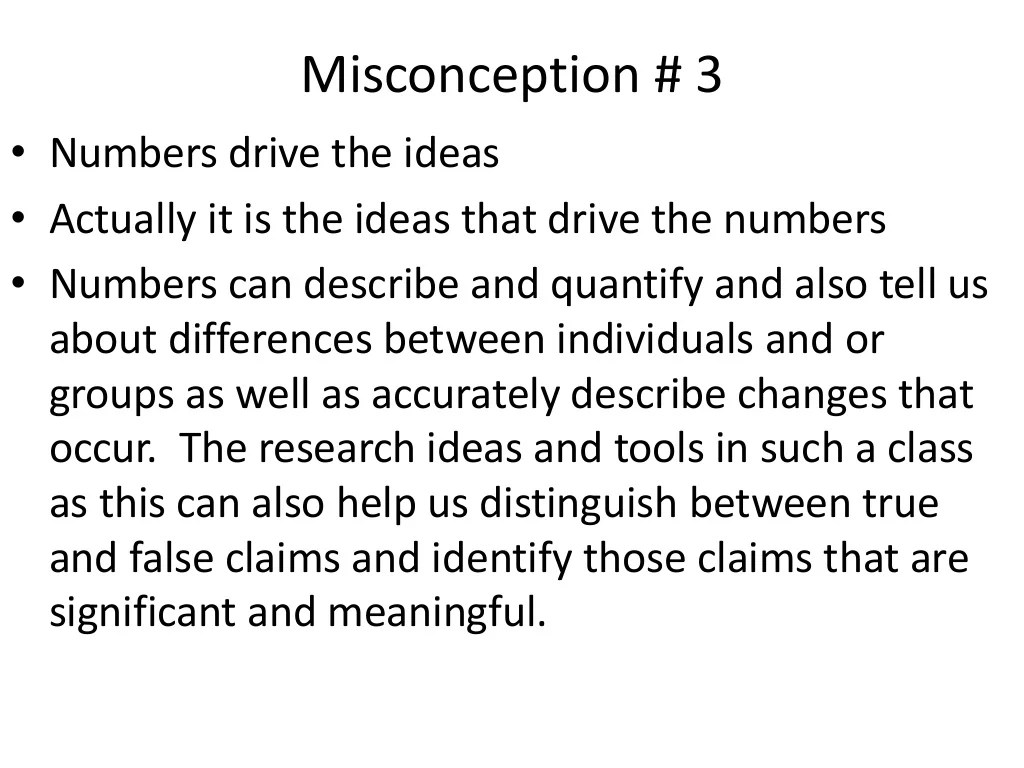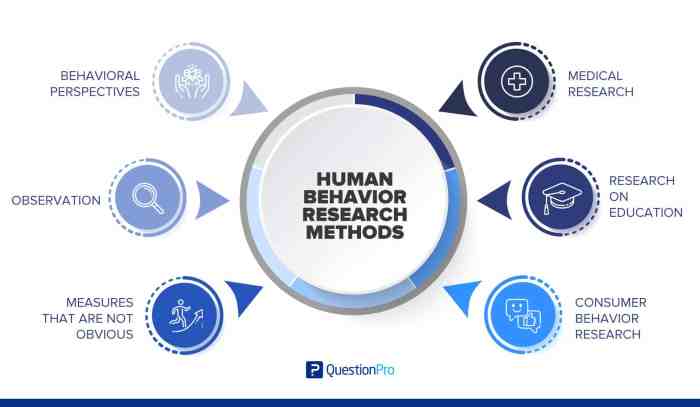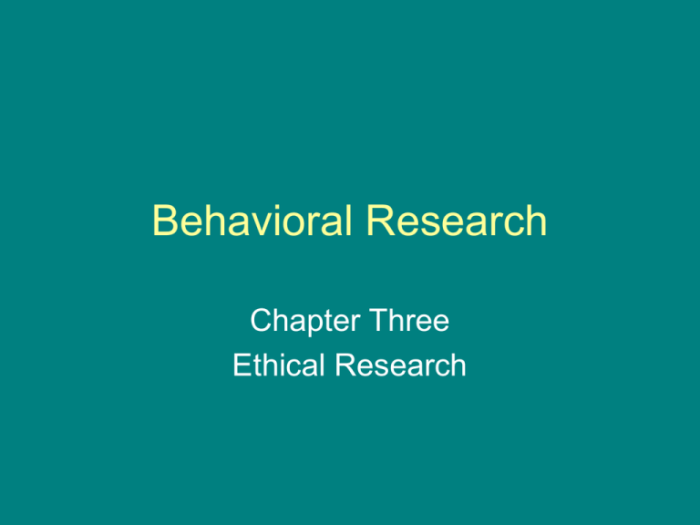Behavioral research should be designed so that it can effectively achieve its objectives, address ethical considerations, and produce meaningful results. By adhering to rigorous design principles, researchers can ensure the accuracy, reliability, and validity of their findings, ultimately contributing to the advancement of knowledge and informing evidence-based practices.
This comprehensive guide delves into the essential elements of behavioral research design, including ethical considerations, research methods, sampling techniques, data collection and measurement, data analysis and interpretation, and reporting and dissemination. It provides practical guidance and insights for researchers seeking to conduct robust and impactful behavioral studies.
1. Purpose and Objectives
Behavioral research aims to understand, predict, and modify human behavior. Its primary objectives include: – Identifying the factors that influence behavior. – Developing theories and models to explain behavioral patterns. – Designing interventions to change behavior and improve outcomes.
Effective behavioral research requires clearly defined goals and a research design that is tailored to achieve these objectives.
2. Ethical Considerations

Behavioral research must adhere to strict ethical guidelines to protect the rights and well-being of participants. These guidelines include: – Obtaining informed consent from participants. – Maintaining confidentiality of data. – Minimizing potential harm to participants. – Ensuring that research is conducted with integrity and transparency.
Researchers must carefully consider the ethical implications of their research design and take steps to mitigate any potential risks.
3. Research Design Methods

Behavioral research utilizes various research design methods, each with its own strengths and limitations:
Experimental Designs
- Random assignment of participants to experimental and control groups.
- High internal validity, but may not generalize to real-world settings.
Quasi-Experimental Designs, Behavioral research should be designed so that
- Similar to experimental designs, but lack random assignment.
- Moderate internal validity, but higher external validity than experimental designs.
Non-Experimental Designs
- Observational studies that do not manipulate variables.
- Low internal validity, but high external validity and feasibility.
4. Sampling Techniques: Behavioral Research Should Be Designed So That
Sampling is the process of selecting a subset of a population to represent the entire population.
Probability Sampling
- Every member of the population has a known chance of being selected.
- Results can be generalized to the entire population with a known margin of error.
Non-Probability Sampling
- Members of the population are selected based on convenience or other criteria.
- Results cannot be generalized to the entire population.
5. Data Collection and Measurement

Data collection involves gathering information about the variables of interest. Measurement refers to the process of assigning numerical values to these variables.
Reliability
The extent to which a measurement is consistent over time and across different observers.
Validity
The extent to which a measurement accurately reflects the underlying construct it is intended to measure.
6. Data Analysis and Interpretation
Data analysis involves using statistical techniques to summarize, describe, and test hypotheses about the data.
Statistical Tests
- Used to determine the significance of observed differences or relationships.
- Examples: t-tests, ANOVA, regression analysis.
7. Reporting and Dissemination
Accurate and transparent reporting of research findings is crucial for scientific integrity and the advancement of knowledge.
Peer Review
Process by which research findings are evaluated by experts in the field before publication.
Publication
Dissemination of research findings through journals, conferences, and other channels.
8. Applications and Implications

Behavioral research has wide-ranging applications in various fields:
Clinical Psychology
- Developing treatments for mental health disorders.
- Understanding the factors that contribute to mental illness.
Education
- Improving teaching methods.
- Identifying effective interventions for students with learning difficulties.
Public Health
- Promoting healthy behaviors.
- Preventing the spread of infectious diseases.
Query Resolution
What are the key ethical considerations in behavioral research?
Ethical considerations include obtaining informed consent from participants, protecting their privacy and confidentiality, minimizing potential harm, and ensuring that research is conducted in a responsible and ethical manner.
What are the different types of research design methods used in behavioral research?
Common research design methods include experimental, quasi-experimental, and non-experimental designs. Experimental designs involve manipulating independent variables to observe their effects on dependent variables, while quasi-experimental and non-experimental designs provide less control over variables.
How can researchers ensure the reliability and validity of their data collection methods?
Reliability refers to the consistency of measurements, while validity refers to the accuracy of measurements. Researchers can enhance reliability by using standardized procedures and training data collectors, and they can enhance validity by using multiple measures and triangulating data sources.